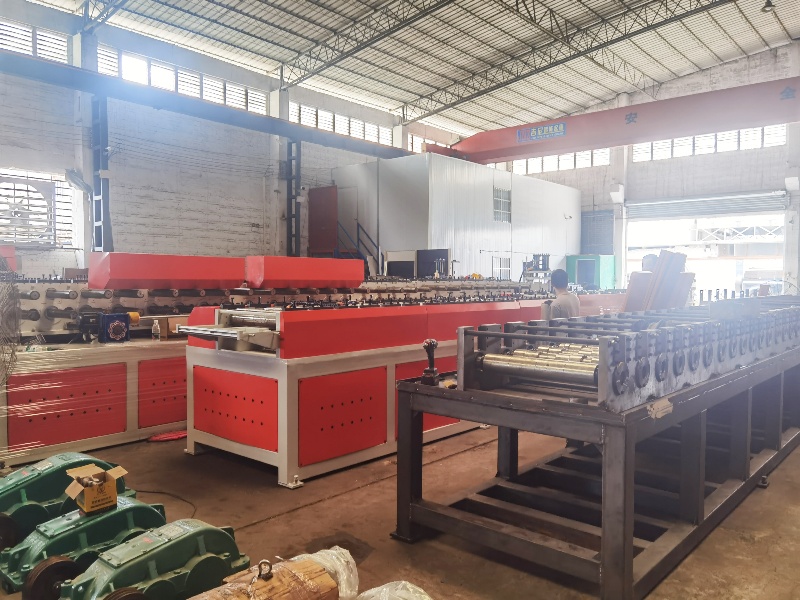Hotline
+86-136 8495 9862
Email:cennia@szmizhi.com
Add::104,Building 27,Third Industrial Zone, Longxi Community,Longgang District,Shenzhen,China.
Coil Forming & Handling Equipment
Surface Treatment Equipment
Solutions
Application
About Us

Welcome to MIZHI
For consultation/feedback, please call the service hotline: +86-136 8495 9862 Email:cennia@szmizhi.com

The Integration of Digitalization and Industry 4.0 in Roll Forming

The integration of digitalization and Industry 4.0 in the roll forming industry is transforming traditional manufacturing processes and driving significant advancements in efficiency, productivity, and customization. Here are the key aspects and impacts of this integration:
1.Enhanced Operational Efficiency: Digitalization and Industry 4.0 technologies, such as IoT (Internet of Things) and AI (Artificial Intelligence), are revolutionizing roll forming processes. These technologies enable real-time monitoring, predictive maintenance, and remote diagnostics, which optimize production efficiency and reduce downtime.
2.Smart Manufacturing Solutions: Modern roll forming machines are increasingly equipped with smart features, including sensors and real-time monitoring systems. These capabilities allow for predictive maintenance, ensuring consistent quality and minimizing human error.
3.Customization and Flexibility: Digitalization enables greater customization and flexibility in production. Manufacturers can quickly adapt to specific customer needs, producing complex metal profiles and components with high precision.
4.Sustainability and Energy Efficiency: The integration of digital technologies supports sustainable manufacturing practices. Energy-efficient designs and waste reduction strategies are becoming more common, aligning with global sustainability goals.
5.Market Expansion and Emerging Opportunities: The adoption of Industry 4.0 technologies is particularly beneficial in emerging markets, where rapid industrialization and infrastructure development are driving demand for advanced roll forming machines.
6.Challenges and Adoption Barriers: Despite the benefits, high initial investment costs and the complexity of integrating new technologies into existing production lines pose challenges for some manufacturers. However, the long-term gains in efficiency and quality are expected to drive broader adoption.
7.Future Outlook: The roll forming machine market is poised for sustained growth, driven by increasing demand for lightweight, high-strength metal components and expanding construction activities. Digitalization and Industry 4.0 will continue to play a critical role in meeting these demands and driving innovation.
In summary, the integration of digitalization and Industry 4.0 technologies is transforming the roll forming industry by enhancing operational efficiency, enabling customization, and supporting sustainable practices. This trend is expected to drive market growth and innovation in the coming years.